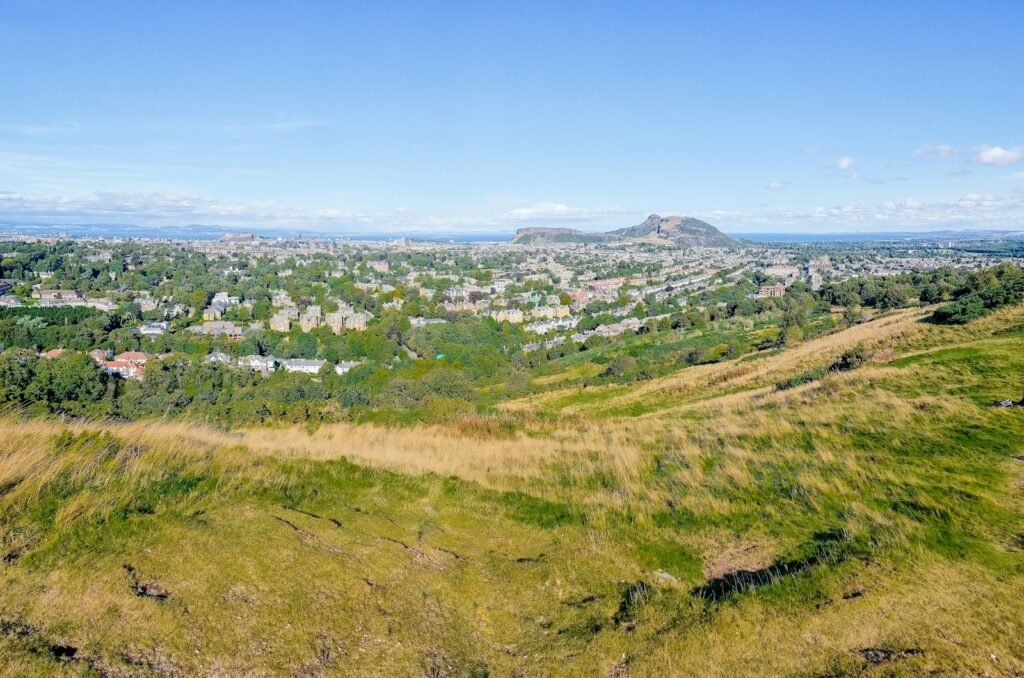It’s hard to believe, as you wander through the romantic cobbled streets and storied closes of Edinburgh, that deep beneath your feet once raged a furnace of unimaginable power. Yet the city’s skyline—dominated by the rugged silhouette of Castle Rock and Arthur’s Seat—holds a secret: Edinburgh is built upon the bones of a long-dead volcano. This ancient fire shaped the city, left scars upon the land, and wrote a geological epic that continues to fascinate scientists, storytellers, and stargazers alike. Imagine the ground beneath your shoes, once a torrent of molten rock and ash, now supporting the vibrant heart of Scotland’s capital. Edinburgh’s volcano isn’t just a relic—it’s a reminder that Earth’s rawest forces still sleep beneath our most cherished places.
The Birth of a Volcano: Fire in the Deep Past
Edinburgh’s volcanic story began about 350 million years ago, during the middle of the Carboniferous period. Back then, the region looked nothing like today’s green hills and bustling streets. The land was split by rifts, swamps, and shallow seas, all under a tropical climate. Deep beneath this primeval landscape, immense pressure forced magma from the mantle upward, ripping through cracks in the Earth’s crust. The result was a powerful eruption, spewing lava and ash across the land. Over time, this fiery activity built up a volcanic cone, which would one day become the foundation of the city. It’s a strange thought: the ground we know so well was once the scene of chaos and creation, shaped by the wildest forces of nature.
The Geological Backbone: What Remains Today
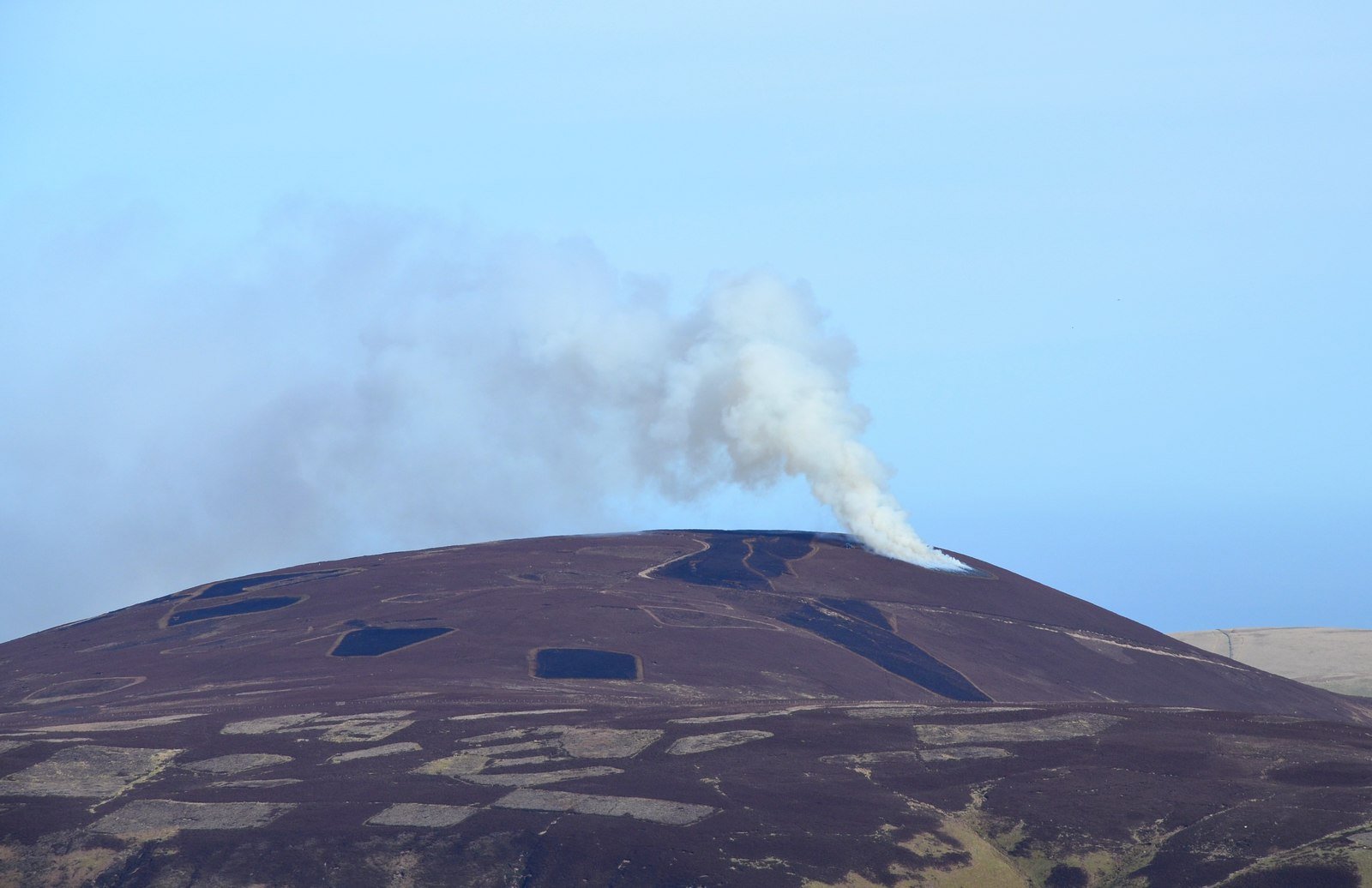
Though the volcano has slept for millions of years, its skeleton is still very much alive in the heart of Edinburgh. The dramatic crags and cliffs of Castle Rock and Arthur’s Seat aren’t just pretty scenery—they’re the hardened remains of ancient lava flows and volcanic plugs. Castle Rock, for example, is a classic volcanic plug, created when magma cooled and solidified inside the vent of the volcano. Over time, wind, rain, and ice wore away the softer surrounding rock, leaving behind the tough basalt core we see today. This rocky backbone gives Edinburgh its unique, rugged skyline and provides a playground for geologists and hikers alike.
Arthur’s Seat: The City’s Sleeping Giant
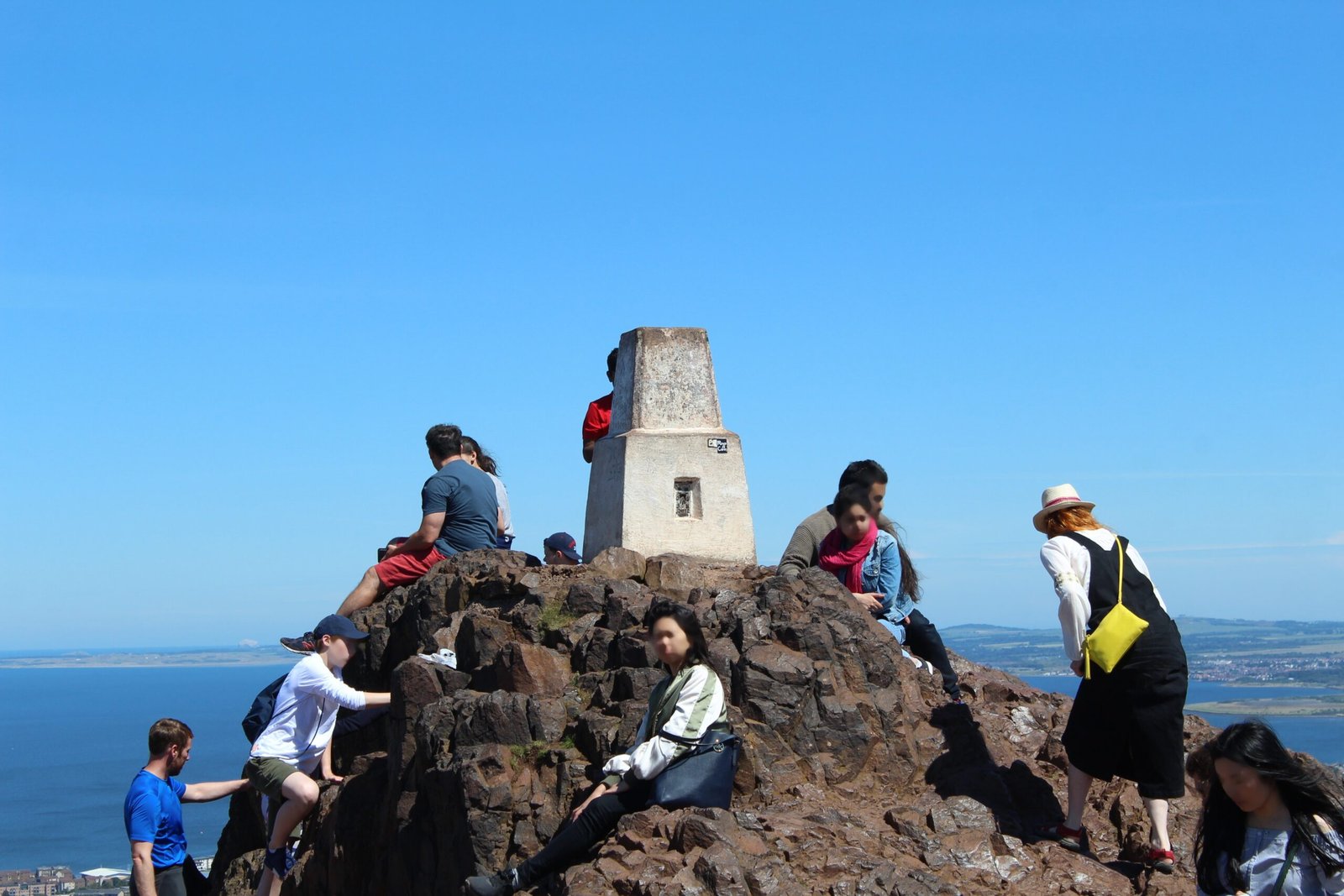
Arthur’s Seat is perhaps the most iconic remnant of Edinburgh’s volcanic past. Standing proud at 251 meters, it’s a magnet for walkers, runners, and anyone craving a panoramic view of the city. But this hill is much more than a scenic lookout. It’s the principal peak of what geologists call a “volcanic complex,” formed by multiple eruptions and lava flows. The rocks here tell stories of ancient explosions, shifting tectonic plates, and relentless erosion. As you walk its trails, you’re literally stepping atop layers of history—each stone a fragment from the fiery heart of the Earth.
Castle Rock: Fortress on a Magma Plug
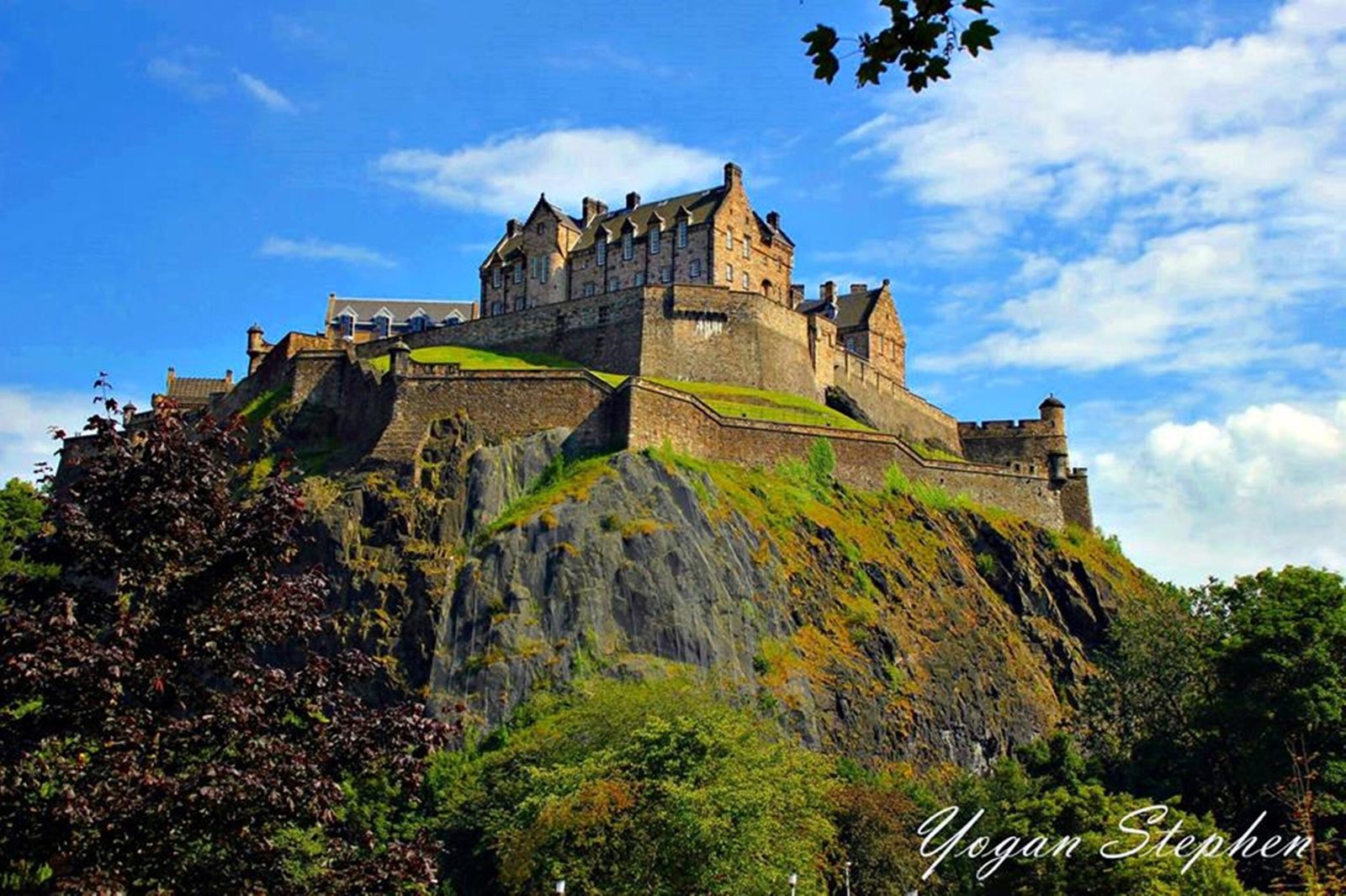
Edinburgh Castle’s dramatic perch atop Castle Rock isn’t just picturesque—it’s strategic genius, born from geology. The rock is a volcanic plug, a mass of solidified lava that once choked the volcano’s throat. It’s so dense and resistant that, while softer rocks around it crumbled away, Castle Rock stood firm. This made it a perfect stronghold for ancient peoples, and later, for kings and queens. Standing atop the castle ramparts, it’s impossible not to feel the weight of history—and the ancient fire that forged the fortress beneath your feet.
The Salisbury Crags: Sculpted by Fire and Ice
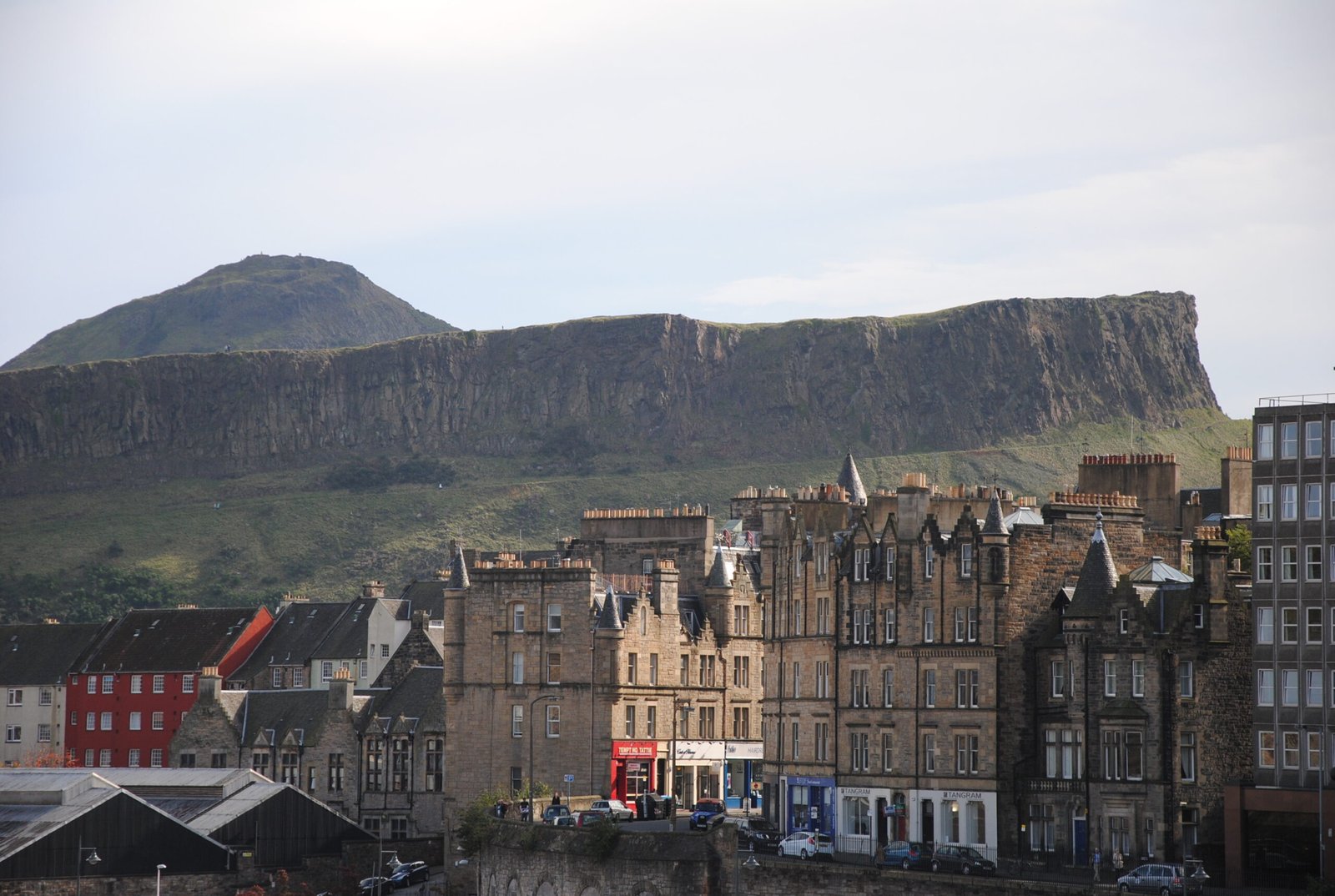
The Salisbury Crags form a dramatic wall of cliffs that slice through Holyrood Park, just below Arthur’s Seat. These crags are a geological wonder, made of tough dolerite—a rock formed from cooling magma. But their sharp, angular shape isn’t just the work of fire. During the last Ice Age, massive glaciers scraped and scoured the land, carving the crags into the dramatic forms we see today. The result is a landscape where fire and ice have danced together, leaving behind a playground for climbers, fossil hunters, and anyone who loves a good view.
Holyrood Park: A Living Geological Classroom
Holyrood Park is more than just a green oasis in the city—it’s a living museum of Edinburgh’s volcanic heritage. Here, you can see everything from lava flows to ancient ash beds, all within a short walk of the Royal Mile. Geology students from around the world come here to study the rocks, while locals and tourists explore its trails, picnicking on grassy slopes that once flowed with lava. The park’s diverse landscapes—steep cliffs, rolling hills, and hidden valleys—all tell stories of fire, fury, and the slow work of time.
Lava, Ash, and the Building Blocks of Edinburgh
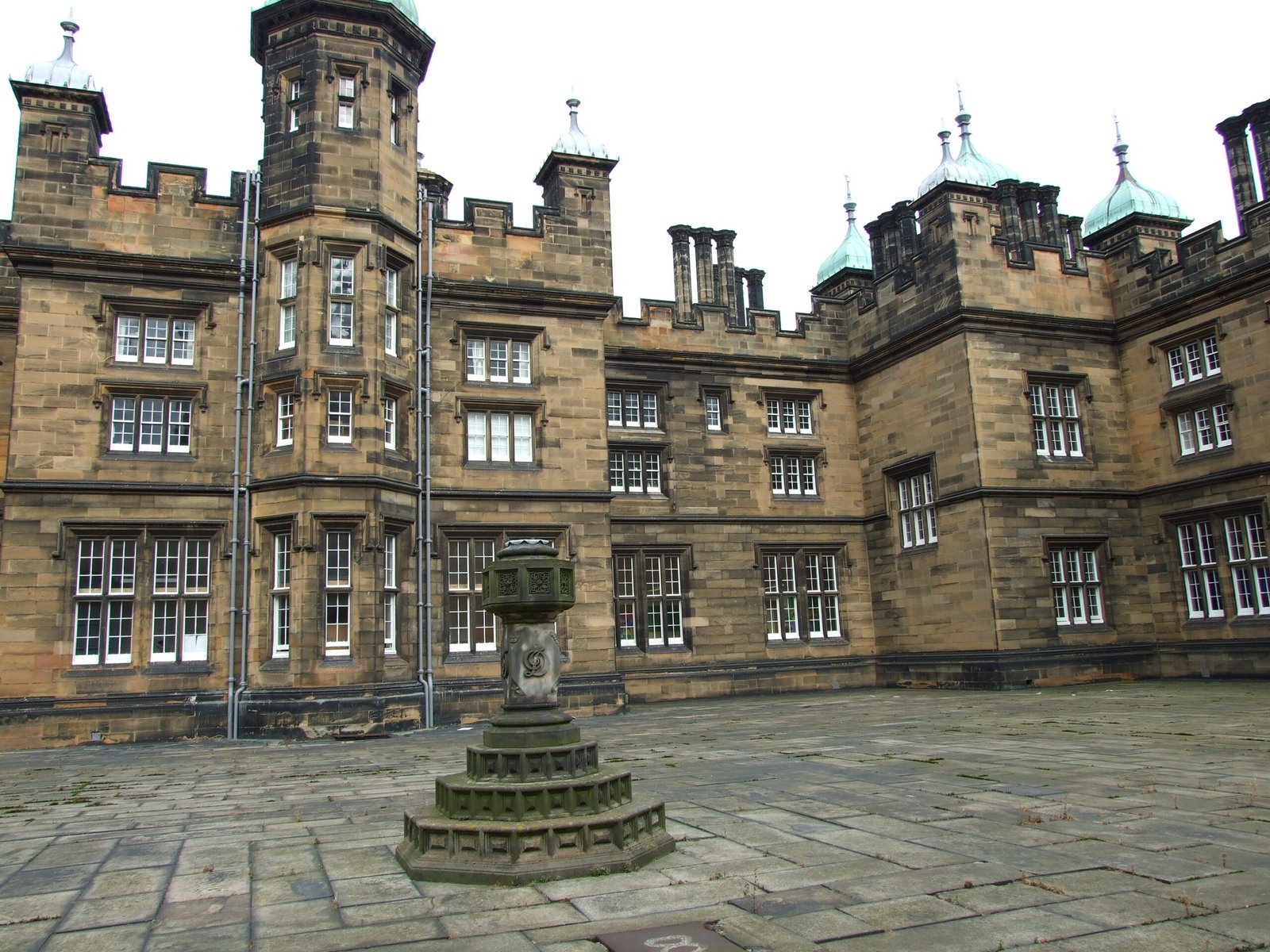
The volcanic rocks beneath Edinburgh haven’t just shaped its scenery; they’ve provided raw materials for the city itself. For centuries, hardy basalt and sandstone quarried from the hills have been used in local buildings, walls, and streets. Walk through the Old Town, and you’ll see evidence of this everywhere: rugged, dark stonework, cobbled alleys, and weathered steps, all hewn from volcanic heritage. It’s a city quite literally built from the bones of its own ancient fire.
The Ice Age: Nature’s Relentless Sculptor
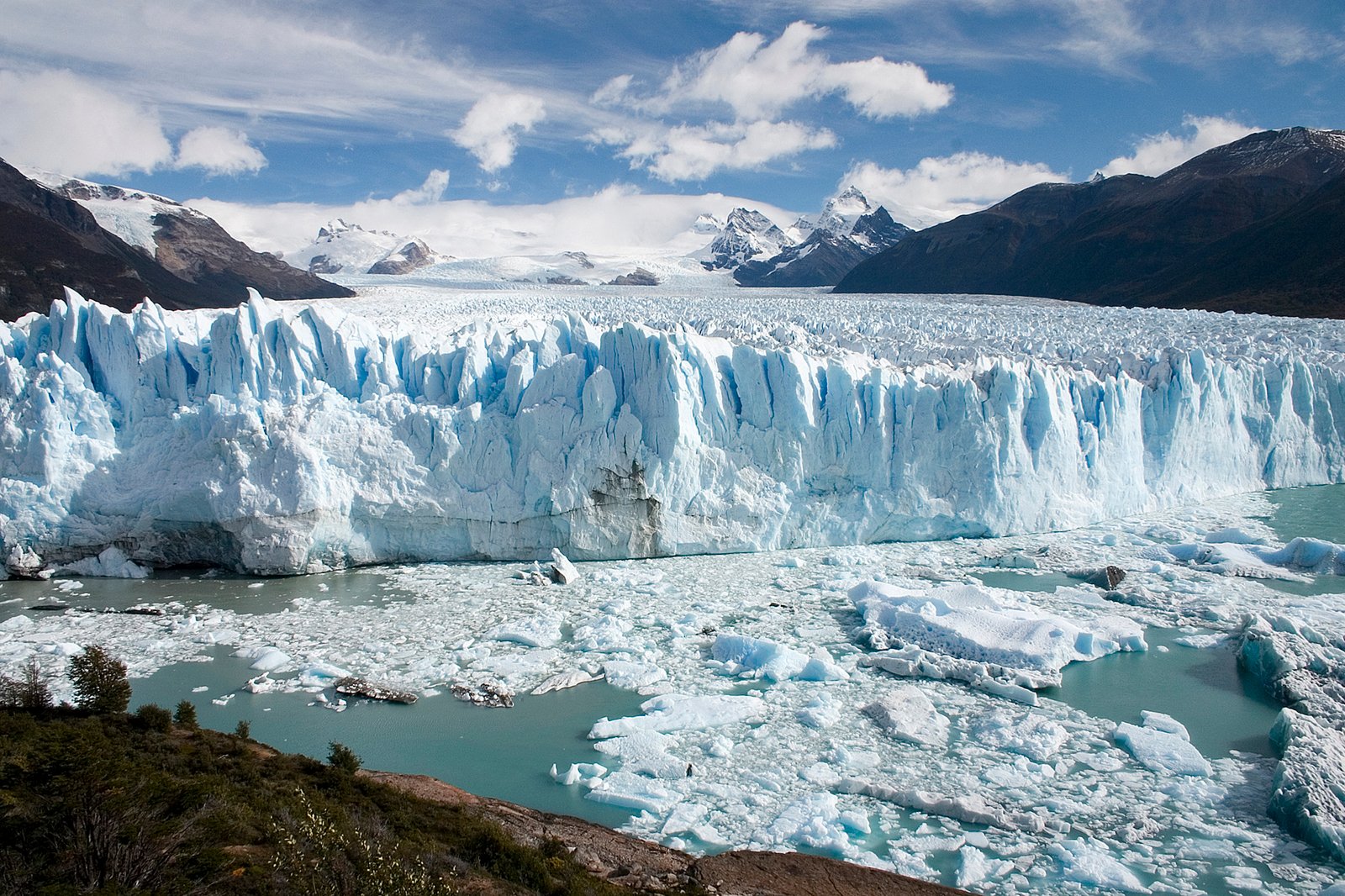
After the volcano fell silent, another powerful force arrived: ice. During the last Ice Age, massive glaciers advanced over Scotland, grinding and polishing the land. The hard volcanic rocks resisted, while softer materials were scraped away. This process created the “crag and tail” formations seen across the city, with steep cliffs on one side and gentle slopes on the other. Castle Rock and the Royal Mile are perhaps the most famous example, with the castle perched atop the plug and the mile-long ridge trailing behind like a stony tail.
The Crag and Tail: Edinburgh’s Natural Fortress
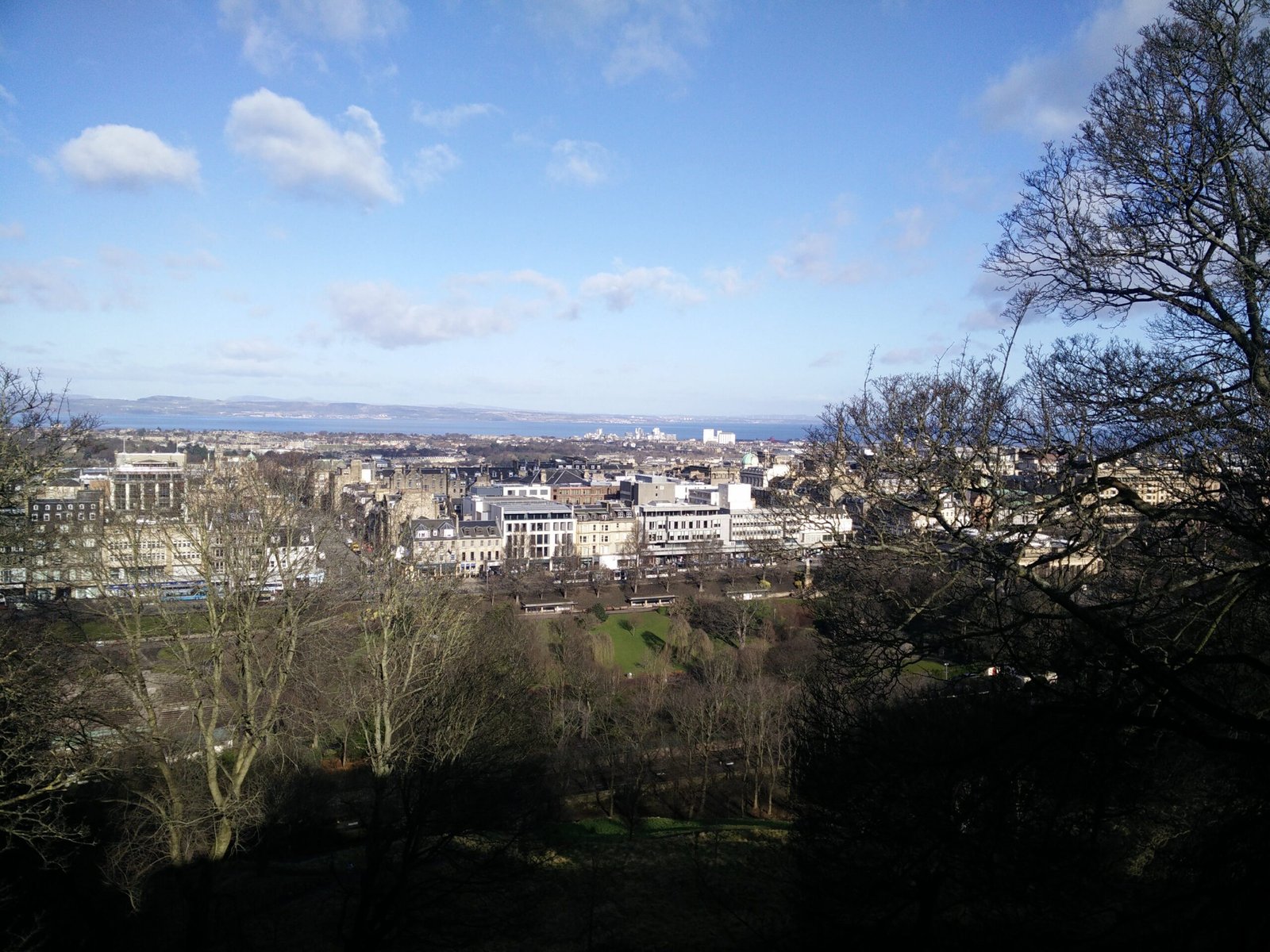
Edinburgh’s unique “crag and tail” shape isn’t just a geological curiosity—it’s shaped the city’s very development. The steep crag provided a natural defensive position, while the sloping tail offered a sheltered route for homes and businesses to cluster. This natural fortress made the city almost impregnable in ancient times—a fact not lost on its earliest settlers. Over centuries, the layout became the backbone of the Old Town, giving Edinburgh its distinctive, layered character.
A City of Layers: Geological Time Travel
Walking through Edinburgh is like stepping through millions of years in a single afternoon. The volcanic rocks of Castle Rock and Arthur’s Seat, the glacially carved valleys, and the sedimentary layers beneath the New Town all tell chapters of Earth’s history. Scientists call this kind of landscape a “geological palimpsest”—a place where each era leaves its mark, visible for those who know how to look. For the curious, every stone and slope is an invitation to time travel.
Sir James Hutton and the Birth of Modern Geology
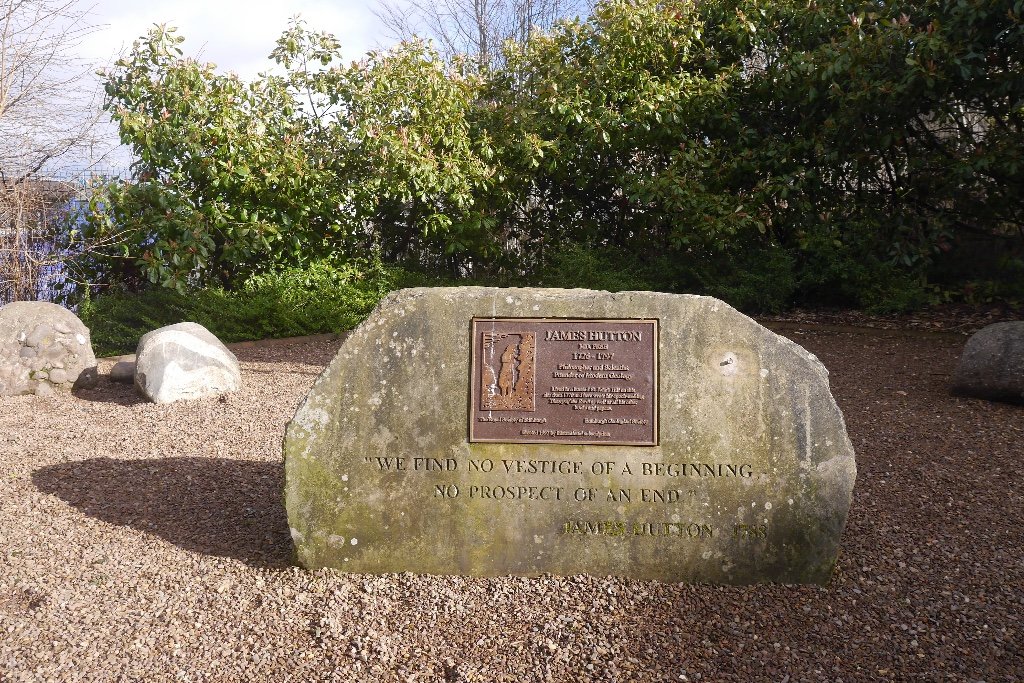
Edinburgh’s rocks didn’t just shape the land—they helped revolutionize science itself. In the late 18th century, local scientist James Hutton wandered the hills and crags, pondering the strange shapes and layers he saw. His observations led to the theory of “deep time”—the idea that Earth is shaped by slow, constant processes over vast ages. This was a radical shift from the biblical worldview, and it laid the foundation for modern geology. Hutton’s favorite haunt, Salisbury Crags, is still a pilgrimage site for scientists today.
Legends and Myths: Fire in Scottish Folklore
With such a dramatic landscape, it’s no surprise that Edinburgh’s volcano has inspired countless legends. Some locals once believed Arthur’s Seat was a sleeping dragon, its rocky back rising above the city. Others imagined the fiery heart of the volcano still smoldered below, ready to awaken. These stories blend science and myth, reminding us how the land shapes our imaginations as much as our skylines.
Wildlife Among the Rocks: Nature’s Comeback
Today, the volcanic hills and crags of Edinburgh are alive with wildflowers, birds, and even rabbits. The rugged rocks provide shelter and microclimates for rare plants, while the open slopes attract kestrels and buzzards. It’s hard to imagine that what is now a haven for nature was once a landscape of fire and ash. Yet this transformation is a testament to nature’s resilience and the endless cycles of destruction and renewal.
Urban Green Spaces: Volcanic Parks for the People

Edinburgh’s volcanic heritage isn’t locked away in museums—it’s part of daily life. Locals run, picnic, and play on the same hills that once spewed lava. Holyrood Park, with its wild cliffs and panoramic views, is a favorite for families and adventurers alike. The city’s volcanic parks are a place where history, science, and everyday life intermingle in the open air.
Education and Inspiration: Learning from the Land
Schools and universities across Edinburgh use the city’s unique geology as an outdoor classroom. Field trips to Arthur’s Seat or the Salisbury Crags let students touch ancient rocks, hunt for fossils, and imagine the world as it was millions of years ago. For many, these hands-on lessons spark a lifelong fascination with science and the natural world. The volcano’s story is a reminder that the Earth beneath us is never truly still.
Tourism and Adventure: The Volcano’s Modern Magnetism
Edinburgh’s volcanic landscape draws visitors from around the world. Climbing Arthur’s Seat for sunrise, exploring the castle’s volcanic foundations, or simply gazing at the crags from Princes Street—these are must-dos for anyone in the city. Guides often share tales of ancient eruptions, icy sculpting, and the city’s evolution atop stone and ash. The volcano’s enduring magnetism is proof that deep time can still excite modern hearts.
Science in the City: Ongoing Research and Discoveries

Even today, geologists continue to study Edinburgh’s volcanic rocks, using new techniques to unlock hidden secrets. By analyzing minerals and structures, they piece together ancient eruption patterns and environmental changes. Some researchers even use the site to model how future volcanic or seismic events might shape other cities. Every rock, it seems, still has a story to tell.
Climate, Erosion, and the Shaping of a City
Edinburgh’s volcanic past is a lesson in how climate and geology shape the world. From tropical swamps and fiery eruptions to icy glaciers and gentle weathering, every force has played a part in sculpting the city. Today, rain and wind continue to wear down the rocks, slowly revealing new secrets and reshaping the landscape. The city’s skyline is a living monument to change—one that reminds us nothing stays the same forever.
A Global Perspective: Volcanoes and Human Civilization
Edinburgh isn’t alone in its volcanic heritage. Cities like Naples, Auckland, and Reykjavik also rise from ancient fire. Across the world, volcanoes have shaped cultures, fueled legends, and provided fertile soils for life to thrive. Yet they also remind us of the planet’s unpredictable power. Edinburgh’s peaceful hills are a gentle invitation to remember the forces that built—and could someday unmake—our most beloved places.
The Enduring Mystery: What Lies Beneath
For all we know about Edinburgh’s volcano, mysteries remain. Scientists still debate the exact sequence of eruptions and the full extent of the volcanic complex hidden below the city. Some wonder if tiny tremors or mineral springs hint at lingering heat deep underground. The land keeps its secrets close, challenging each new generation to ask questions and seek answers.
Reflections on Fire and Stone
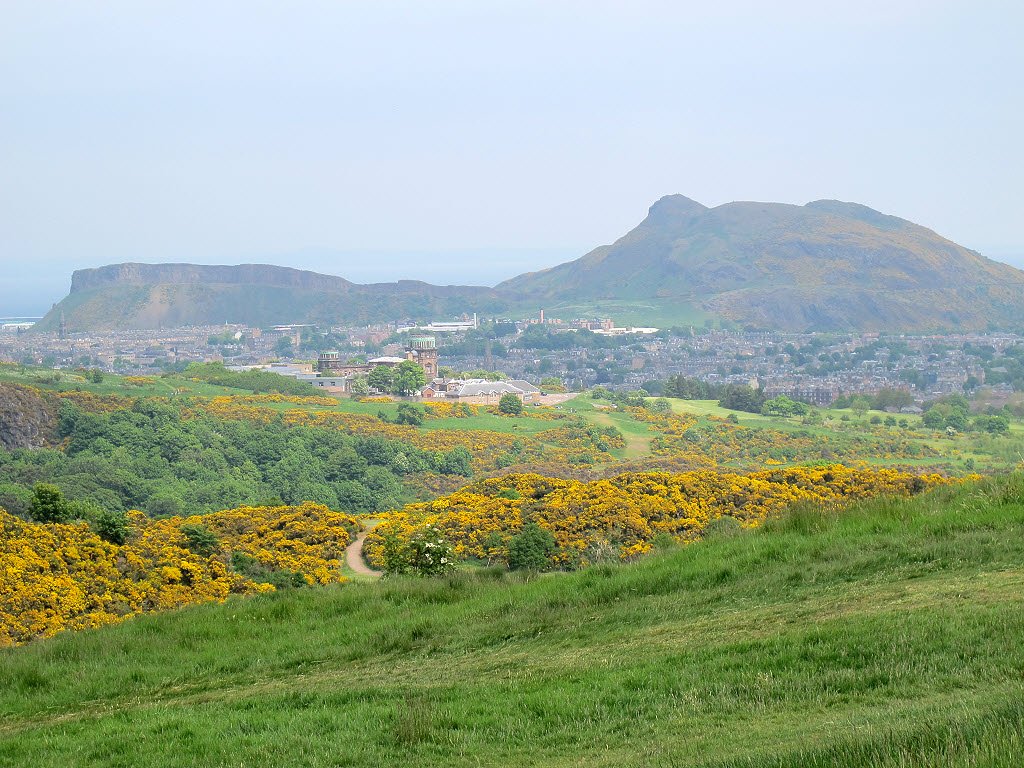
The story of Edinburgh’s volcano is more than a tale of ancient eruptions and rocky hills. It’s a reminder that even the most solid-seeming places are shaped by change, both sudden and slow. Next time you stand atop Arthur’s Seat or gaze up at Castle Rock, remember the ancient fire that forged this city. What other stories might lie hidden beneath your own feet?

